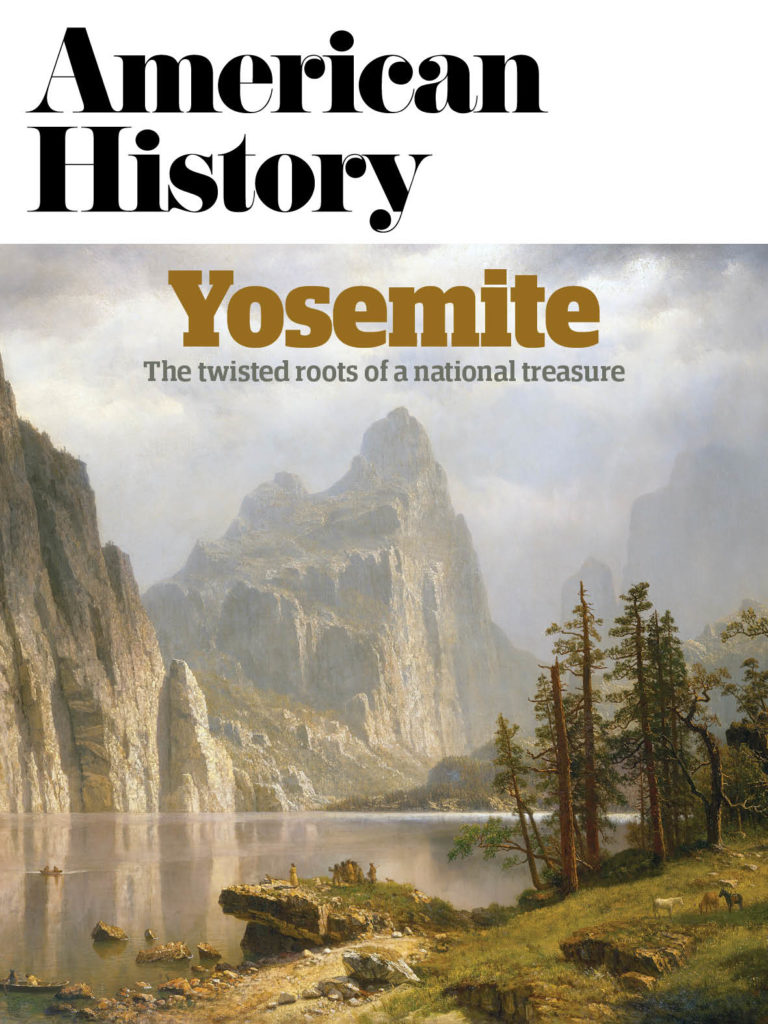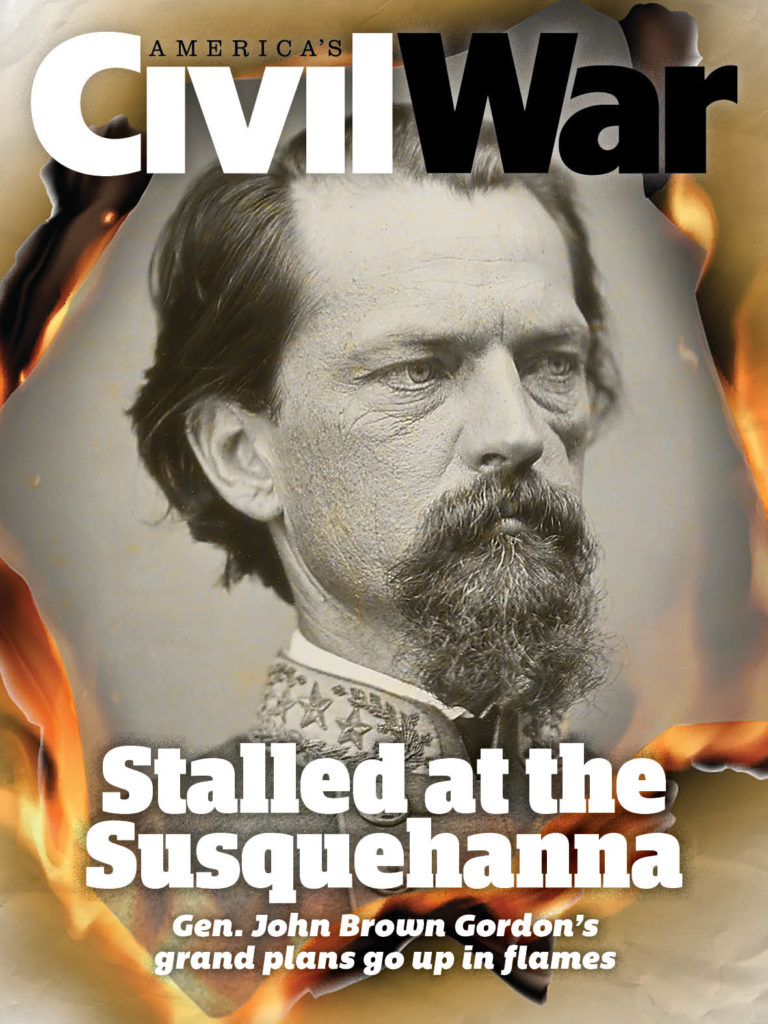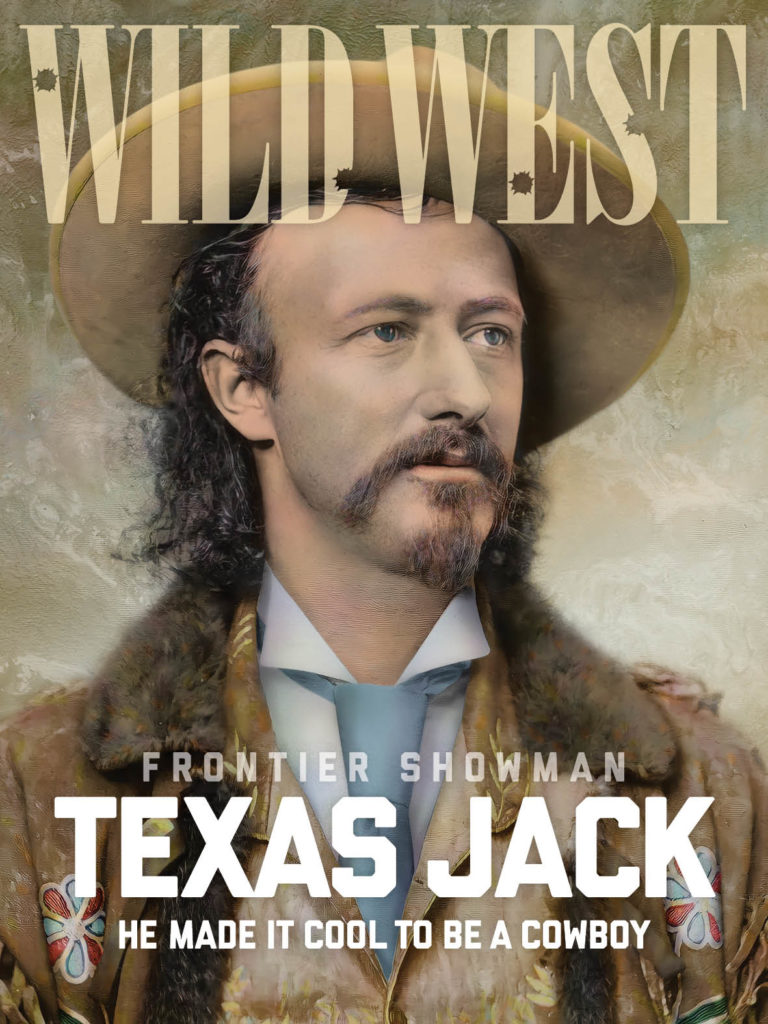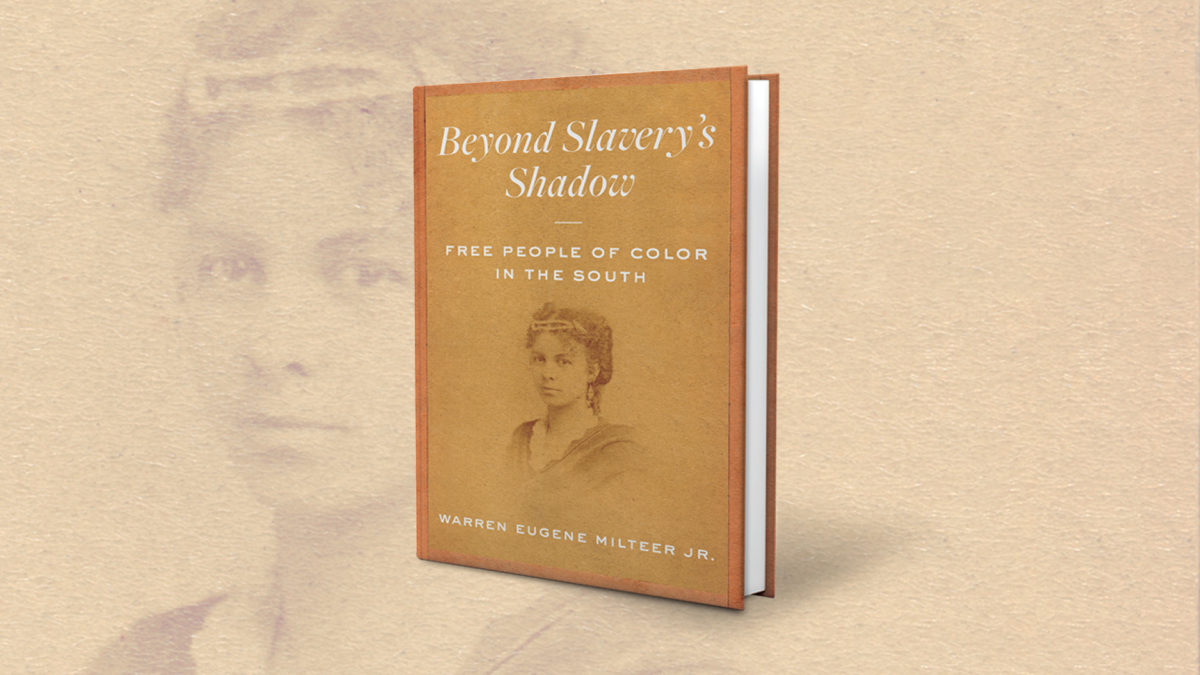Black and White children as schoolmates. A Black sergeant assigned to command over 70 mostly White soldiers. Black clergymen leading mixed-race congregations. Skilled Black craftsmen highly respected by White members of their communities. Do these citations sound like examples of the progress America has made in overcoming racism? They’re actually examples of life in the early 19th-century South.
If critics and admirers of the Old South agree on one thing it’s that Civil War-era attitudes toward slavery and race were grounded in long-standing tradition. Admirers claim that that tradition blinded otherwise decent people. Critics see evidence of a thoroughly corrupt society. Shadow unmasks a different reality.
Slavery and racism existed from early days in colonial America, but a certain fluidity characterized these phenomena for over two centuries before attitudes hardened. At first slaves could own property, sometimes earning enough by hiring themselves to buy their freedom. Some free Blacks were aristocrats, even slaveowners. Whites commonly accepted free Blacks of their own class as at least more or less equals. Believers in “racial superiority” didn’t necessarily treat that construct as a White/non-White issue. Some persons of Anglo-Saxon ancestry considered themselves superior to White people from other origins.
Such a mix of attitudes typified the revolutionary era and the republic’s early days. Many on both sides of the Mason-Dixon Line favored gradually ending slavery. Newer, extreme views gained credence among southerners in the 1820s. “Scientific racism” replaced unthinking prejudice, with adherents claiming to be able to perceive a strict biological hierarchy among races. This “scientific” mode of analysis would affect the status of people with one Black great-grandparent in ways the older view never did. Slavery came to be seen as a great good—not merely “acceptable” or a way to avoid something worse.
So while abolitionism bloomed and grew in the North, the South began codifying the slave system in terms stricter than ever while moving toward a subjugation of the region’s 250,000 free Black residents that culminated in Jim Crow. Shadow tells how those free southern Blacks survived and fought back, aided by White neighbors opposed to the new policies. This fascinating story shows that early America was more benign—and the antebellum south more sinister—than generally realized. —James Baresel is a freelance writer in Annandale, Virginia.
This book review appeared in the Winter 2023 issue of American History magazine.
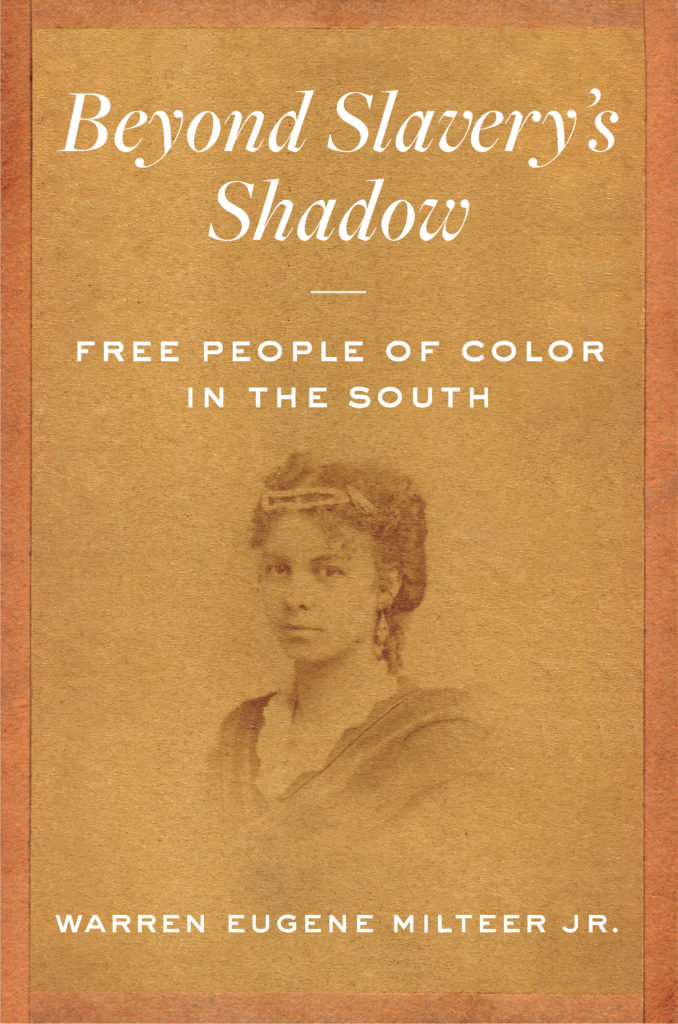
Beyond Slavery’s Shadow: Free People of Color in the South
by Warren Eugene Milteer
University of North Carolina Press, 2021
historynet magazines
Our 9 best-selling history titles feature in-depth storytelling and iconic imagery to engage and inform on the people, the wars, and the events that shaped America and the world.
